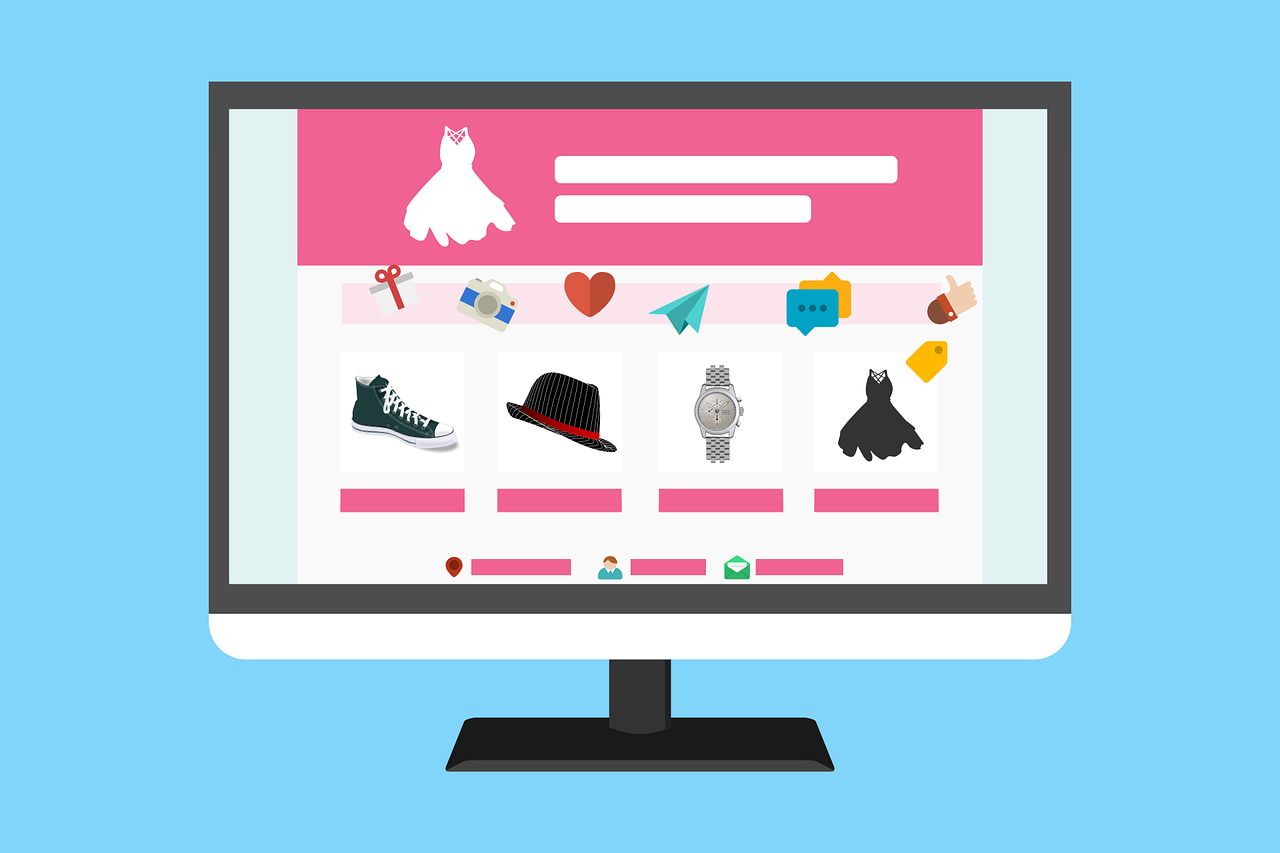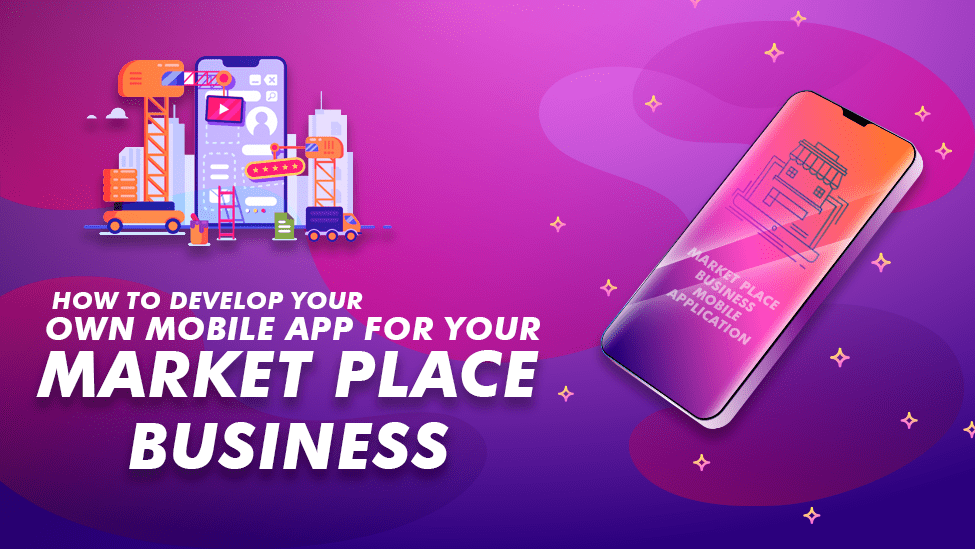How big of an impact do you think site speed has on generating sales and revenue?
On his blog, Neil Patel shares how a 1-second delay in page loading time can drop your conversion rates by as much as 7%. So, if your e-commerce site is slow, you’re likely losing big money too.
Online stores are among the most demanding sites on the Internet. The need for high-quality product images, third-party service integrations, and other site components make it a business that requires focus on both user experience and the nitty gritty back-end stuff.
So, if your site is suffering from a serious case of data-overload or hosting problems, here are five things you can do to improve user experience and generate more sales in the process:
1. Optimize for mobile device users
Did you know that the large majority of Internet traffic today now come from mobile devices? That includes online searches, site visits, and even online shopping.
This is where many online businesses, especially new ones, make the biggest mistake. They spend so much time and money developing their website for desktop users when they should have focused on mobile experience instead.
We can’t really blame them. It’s natural for developers to develop tunnel-vision considering how most of the popular web platforms are better used from desktops.
However, if you really want to take your e-commerce website to the next level, you need to focus on improving users’ mobile experience. That means faster load times and no errors.
Don’t know where to start? Try Google’s Mobile-Friendly Test. It’s a great tool that can help you identify some problem areas of your site.
 Some platforms like Joomla, however, have paGo Commerce. It’s a software made available to businesses who want to create streamlined user experiences that are compatible on any device
Some platforms like Joomla, however, have paGo Commerce. It’s a software made available to businesses who want to create streamlined user experiences that are compatible on any device
2. Secure your website from cyber attacks
Your e-commerce site will inevitably be the target of several cyber attacks throughout its lifetime. You can’t prevent them from happening completely. It’s better to just be prepared.
The chances of your business staying afloat is largely dependent on how secure it is from competitors and hackers. It isn’t just a matter of staying ahead of the competition. It’s about protecting your customers, too.
The first thing you can do to help both your brand and your buyers is to familiarize yourself with the different types of cyber attacks.
Having a CDN is already a step in the direction to secure your site. But you need protection from so much more:
- Malware infections
- Internal errors
- SQL injections
- DDoS attacks
The list goes on.
The platform you use, however, should provide you with special tools and services to secure your e-commerce website.
For example, both HostGator and GoDaddy allow you to create a backup of your entire website in the event that you do fall victim to cyber attacks.
3. Compress your images
Although it’s true that beautiful photos are a must-have for any online store, it isn’t worth it to cram a series of them and sacrifice load time. You risk losing roughly half of potential customers who are utilizing either desktops or mobile devices.

There’s no question that we live in an age where consumers want everything faster and easier. So businesses are forced to adapt to satisfy the needs of the masses.
In fact, study shows that 40% of desktop users will choose to abandon a site that takes more than 3 seconds to load. For mobile device users, that number rises to a staggering 53%.
Having too many high-resolution images on a single page can slow down your site, especially if they’re uploaded in their original file sizes.
And because we live in an age where consumers want everything faster, it’s the job of businesses to evolve to meet these ever-changing demands.
Fortunately, there’s one quick fix to the problem. You can use compression tools that reduce the file size of your images without sacrificing quality. And they’re really easy to find. For WordPress users, try WP Smush. While Crush.pics and Image Optimizer is great options for Shopify users.

4. Monitor Analytics
When it comes to digital marketing, many e-commerce entrepreneurs see analytics as the most important piece of the puzzle.
It’s one of the ways you can gauge how well you are doing in specific metrics that contribute to your site’s growth and profitability. Your site content, for example, is tied to specific metrics such as page views, session duration, and bounce rate. They all form a clearer picture of the level of user engagement your site currently has.
Google Analytics is the perfect tool to have in your marketing arsenal if you want a crystal-clear view of the metrics for your site. It even lets you analyze the performance of each page.

In the hands of an expert, Google Analytics can dramatically transform the face of your business. Not to mention you also get access to other nifty tracking tools. One of them can even analyze your e-commerce site’s conversions.
Is it the only analytics tool on the world wide web? Definitely not. But you’ll be hard pressed in finding a tool that can match the wealth of information that Google Analytics can give you.
5. Use a CDN (Content Delivery Network)
It’s wonderful how technology makes it possible for businesses to cater to an international audience. Yet it isn’t without its challenges, especially for online stores.
The farther away a site visitor’s physical distance is from your host’s server, the slower your page will load for them because of increased latency. This is where a Content Delivery Network or CDN can help.
 A CDN refers to a distributed group of servers working together to deliver online content faster to site visitors. It uses the nearest server (among other optimizations) to give visitors quicker page loading times, reducing your online store’s bounce rate and improving conversions.
A CDN refers to a distributed group of servers working together to deliver online content faster to site visitors. It uses the nearest server (among other optimizations) to give visitors quicker page loading times, reducing your online store’s bounce rate and improving conversions.
To give you an example:
Say you have a customer in Australia who decides to visit your e-commerce website. The CDN will use a proxy server located in Sydney and provide cached website data. This is how latency is reduced.
Key Takeaways
In the end, what you need is a website that performs under pressure. One that can handle attacks, heavy traffic, and the occasional downtime. There are more than a dozen things you can do to make it better, but these five methods should be at the top of that list.
Not only will they help you create a better experience for your audience, but you’ll also reap the benefits in the form of increased sales and better buyer retention. Who doesn’t want that?






Leave a Reply